What sets the winter mood better than snow falling softly? Let’s find out how to capture this beautiful phenomenon in watercolor painting!
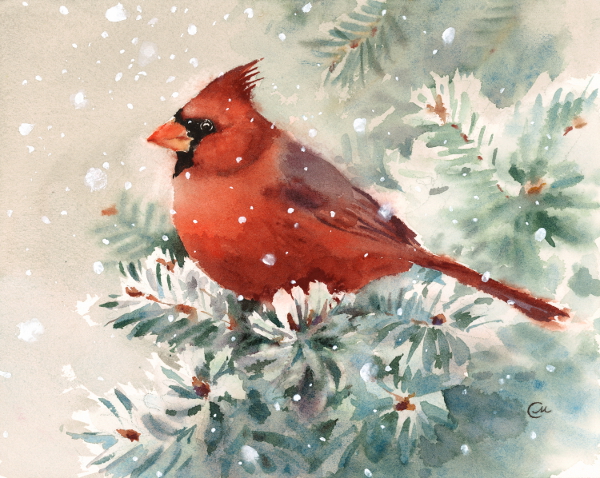
Follow along to learn how to paint watercolor snow in different ways!
1. Spatter or paint with opaque white.
When your painting is completely dry, spatter on a thick mixture of water and opaque white (I use Titanium White watercolor) by tapping the brush against the handle of another brush. Some artists also use toothbrush to spray the white paint.
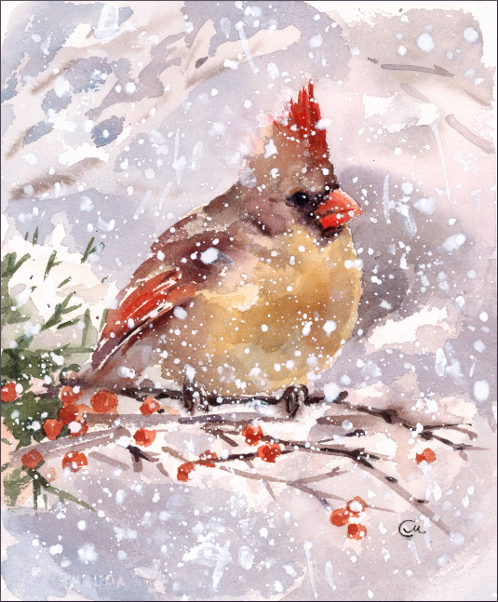
Another way is just to paint flakes of snow using a brush.
Note: Besides Titanium White, there is also Zinc White pigment (sometimes called Chinese White). You can actually use both of them for painting falling snow — just keep in mind that Titanium White is very bright and opaque, wile Zinc White is transparent and has much less tinting strength.
2. Use a masking fluid.
Using a masking fluid is a very common way to preserve white in a painting. Generally I’m not a fan of masking fluid because it leaves very sharp, unnatural edges. However, it’s probably the easiest and most controllable method when working on tiny details such as snowflakes.
Randomly apply small amounts of masking fluid on paper. To achieve more natural look, try to vary snowflakes in shape and size. Let the masking fluid dry thoroughly, then paint over it. Once the paint is completely dry, gently rub your fingers over the surface to remove the masking.
This painting of lantern serves as a good example of this method:

Tip: When using a brush for applying a masking fluid, be aware that it will dry out and ruin your brush before you know it. The solution is to coat the brush with soap first. Or, you can use some other tools to apply small drops of masking fluid, such as matches or manicure sticks, for example.
3. Use the texture of the paper.
This method is good for painting big, fluffy flakes of snow, and it works very well on rough watercolor paper.
Just apply light brush strokes on a dry surface, using the flat side of the brush rather than the tip. You’ll see how white areas will appear on the paper.
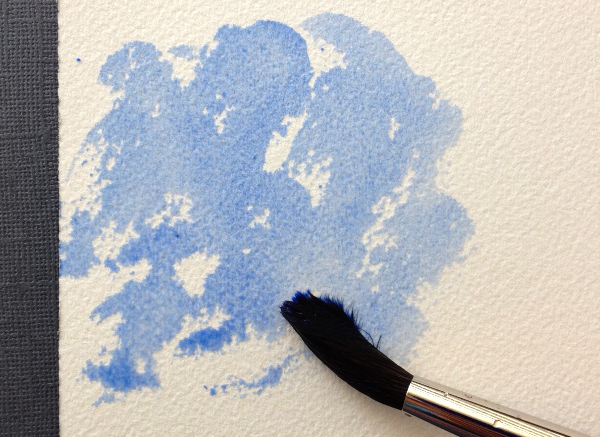
4. Use wax.
Take a white wax candle or wax crayon and randomly make some quick dots and dashes on the paper. Then paint your winter scene over it.
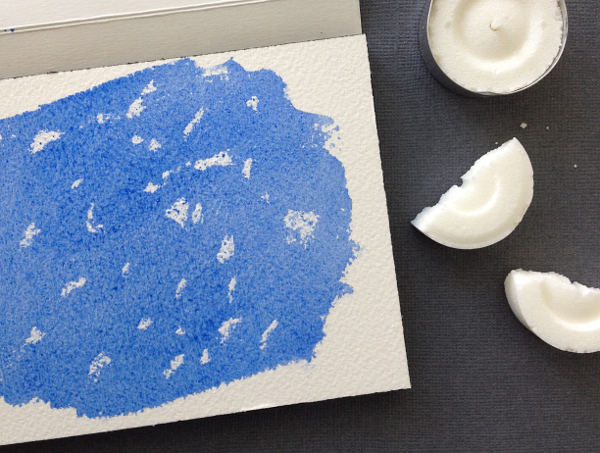
This method works great for creating an illusion of snowfall on a windy day.
5. Blot with a paper towel.
This method is my very favorite! It creates very soft flakes of snow while providing a lot of control.
Tear a paper towel into stripes about ½” to 1″ wide, depending on the size of snowflakes. I usually make the stripes 5″ to 6″ long. Firmly roll them between your thumb and fingers to form thin, tight cords.
Apply a liquid paint on dry paper. Then, right away take a paper cord, bend it for more firmness and press the firm tip against the paper. Make sure it not only absorbs the pigment, but also leaves a spot of dry paper, so the wet paint doesn’t leak into the snowflake area.
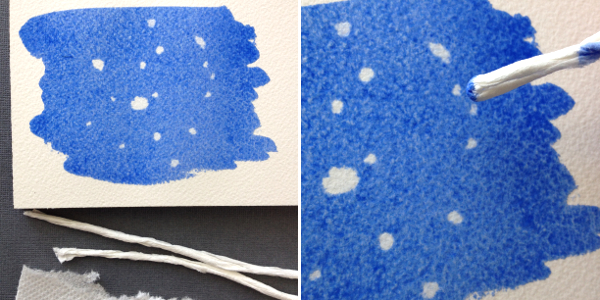
Tip: Consider combining two or more methods for the snow to look more lively and natural.
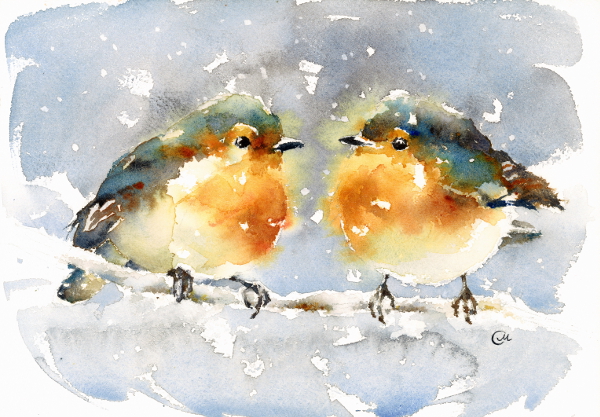
Thank you, I love your tips on how to create snow in a watercolor!
Beautiful projects!